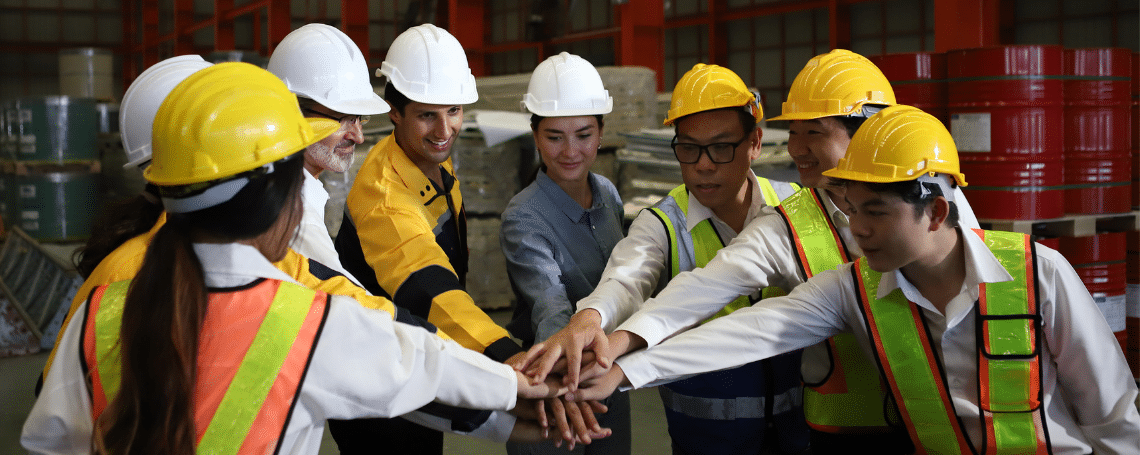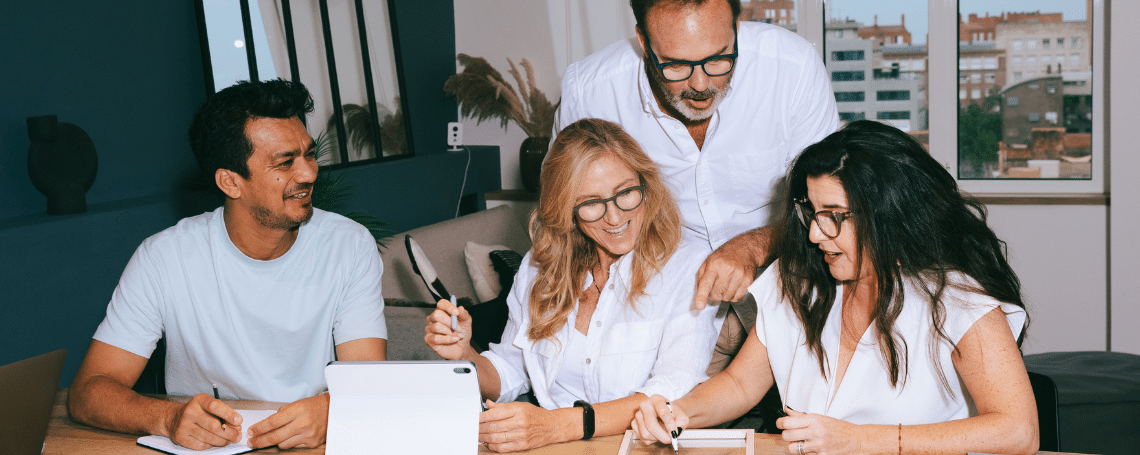An increasing number of organizations are relying on design thinking to solve problems. Design thinking has roots in product development. It emerged as a way to use creative thinking, empathy, feedback, and brainstorming techniques to generate better ideas for products that people actually need. Over time, design thinking has infiltrated other areas of business – including HR and recruiting, where teams are using it to improve the experience candidates have with their brand. If your goal is to be a better recruiter, design thinking can help.
Finding qualified applicants is the top challenge for talent acquisition leaders, so companies are searching for more creative ways to attract and retain applicants and to improve their application process. Design thinking strategies help address this challenge, by bringing the human experience back to the recruiting.
Talk to candidates.
Design thinking entails putting people at the center of every decision. Whether you are building a new gadget or designing a more effective recruiting strategy, you need to think about what the customer wants, and what will make their experience with your brand more engaging and delightful. To do that, it’s best to talk to them.
A key component of design thinking is the creation of feedback loops at every stage of the process. For recruiters, this means asking candidates how the applicant experience can be improved.
Once the team consolidates feedback and brainstorms solutions, they should go back to applicants to ask whether the potential solutions would improve the experience. By surveying a range of candidates periodically throughout this process, recruiting teams develop empathy for the candidates, which drives new insights into how to serve them better.
Proof that it works.
Last year, Human Capital Institute (HCI) and Lever conducted a study on the impact of design thinking strategies in HR and recruiting, and found the companies who use these strategies are better positioned to tackle challenges in their recruiting efforts.
The report found that:
- Design thinking helps talent acquisition teams build sustainable talent pipelines.
- When teams practice design thinking, candidates are given more timely information about their place in the process and have more opportunities to provide feedback. Ultimately, this improves the organization’s employer brand.
- When talent acquisition professionals use design thinking, they are more likely to meet the emotional, physical, and cognitive needs of candidates in the process.
Design thinkers value assessments.
The study also found that HR practitioners who practiced design thinking were 53% more likely to rely on assessments. Personality and skill assessments were ranked as one of the most effective talent acquisition tools used today, achieving a higher ranking than interview management tools, and applicant tracking systems. The authors concluded that the tools design thinking organizations rely on, like assessments, provide a greater return on investment, “since developed design thinking organizations keep a careful eye on cost per hire.”
Get started today.
Integrating design thinking techniques takes time and research, but recruiters can start by following a few basic principles:
- Talk to candidates who’ve had different experiences with your brand. Interview those who were hired, who declined your offer, and who were never contacted to find out what they thought of your recruiting workflow. Talking to “extreme” users (those who’ve had amazing or terrible experiences with your recruiting process) will provide greater insights into what works and what doesn’t.
- Ask questions that start with “How might we…” This invites candidates to suggest actionable ideas for change and to feel engaged in the transformation.
- Brainstorm big ideas. Bring together a team of diverse stakeholders to brainstorm ideas, no matter how crazy, without pointing out flaws. Once the brainstorming is over, you can jointly choose the ideas with the greatest promise and hone them into something achievable.
- Pilot select ideas, and ask candidates what they think. Whether you are testing an assessment or building a virtual reality career site, share your prototypes with candidates, gather their feedback, then iterate. This is the best way to refine a good idea into a great one.
There are a lot of books and online resources to learn more about design thinking and how it can be integrated into any business process, including HR. A good place to start is Stanford University’s d.school’s Design Thinking Bootcamp, which offers a free crash course on hosting a design thinking challenge.






